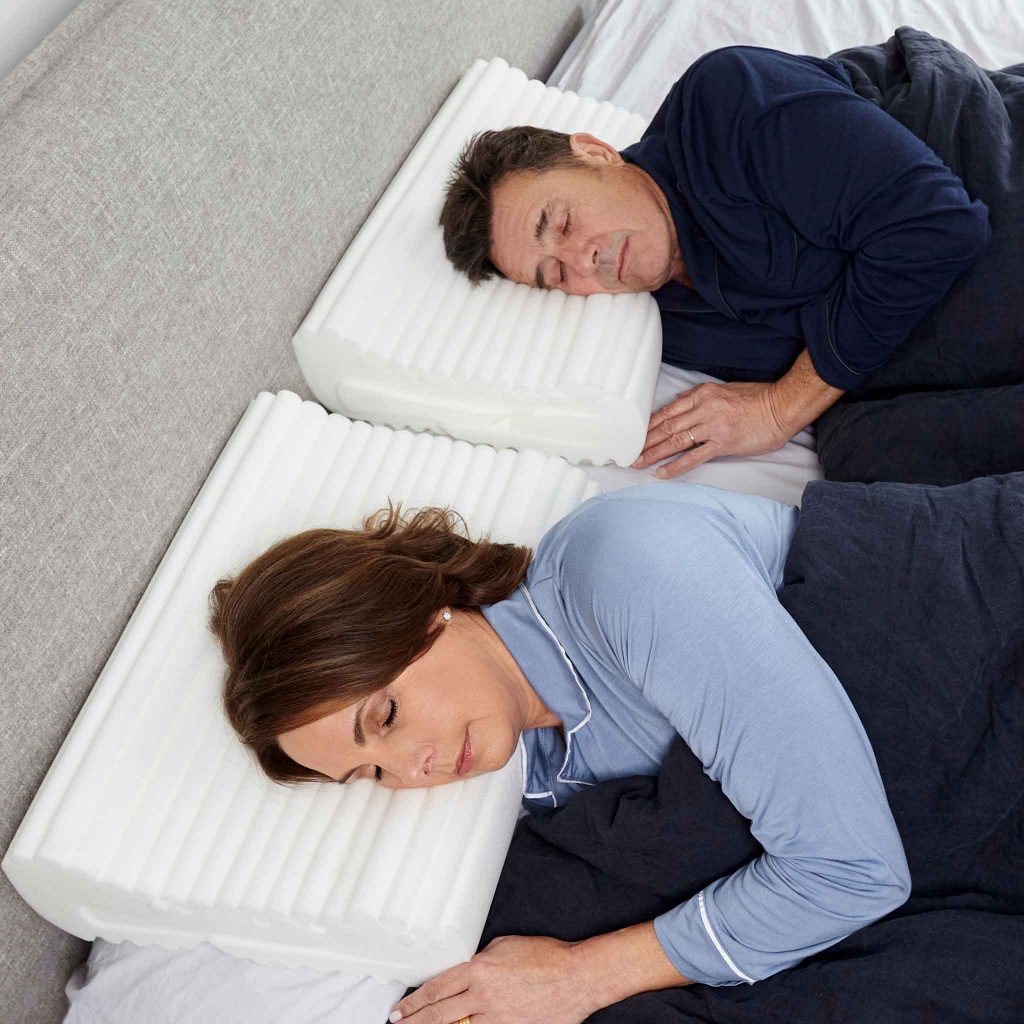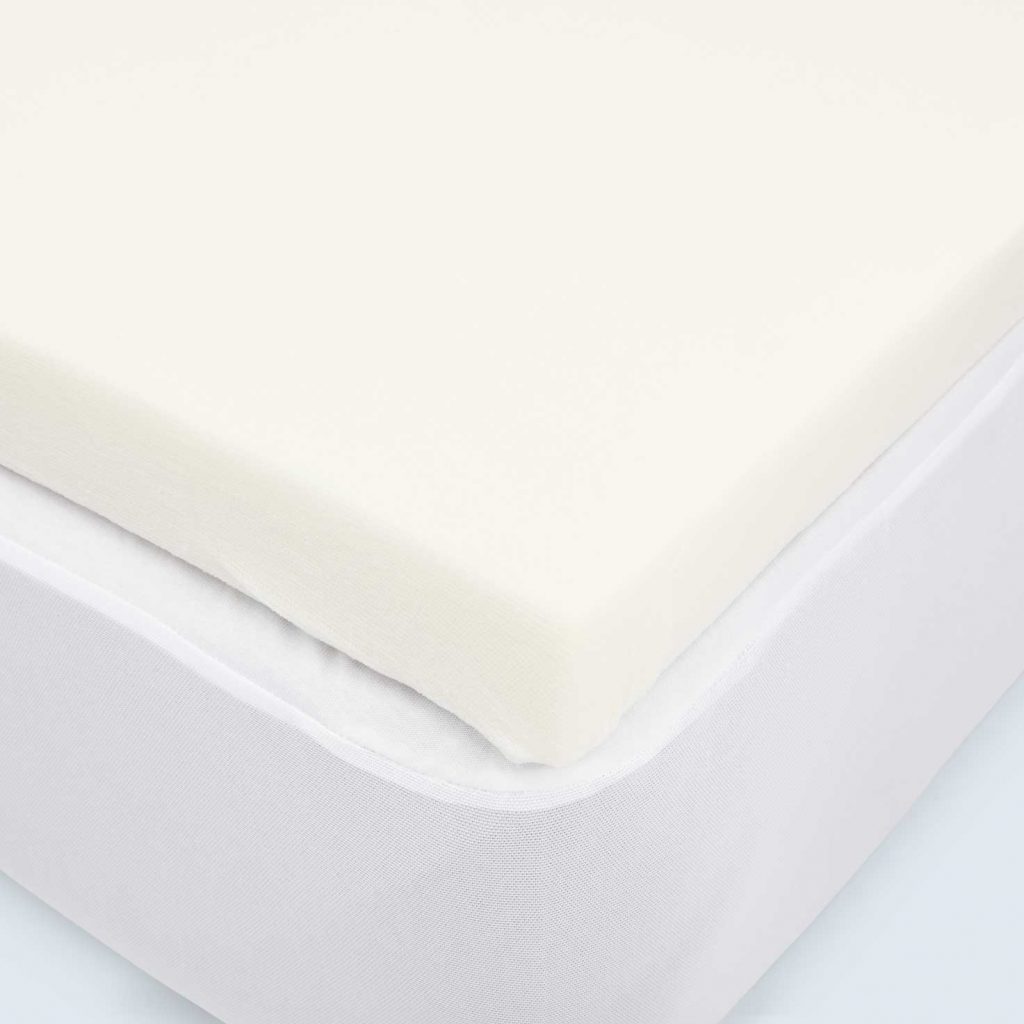Where does the obsession of having good posture stem from?
Is it the PTSD you have from your parents telling you to "pull your shoulders back" and "stand up straight"?
We can all relate; slouching at the dinner table, hunched over watching TV. You'd hate to admit it, but maybe they were right about this posture stuff all along. Below we share our best tips on how to reduce back pain and improve posture.
What is posture?
When talking about posture, it refers to the way you hold your body while standing, sitting or lying down. Correct posture is instead the coherent deformation of gravity. In other words, it's the optimal position to counter gravity with minimal expenditure of energy when both walking and standing still.
Maintaining a neutral spine is the key to good posture. The spine has three natural curves, and we must keep them aligned. Think, “Your ears should line up over your collarbones, shoulders over hips, hips over knees, and knees over ankles."
However, many of us have poor alignment due to bad habits we form in our day-to-day lives. Everyday activities like sitting in office chairs, staring at screens all day long, driving or even sleeping affect our posture. Unbeknownst, poor posture can easily become second nature to us.
The long-term side effects of poor posture include back pain, spinal dysfunction, joint degeneration, rounded shoulders and a potbelly. Luckily, the main factors that contribute to bad posture are within our control and can be changed.
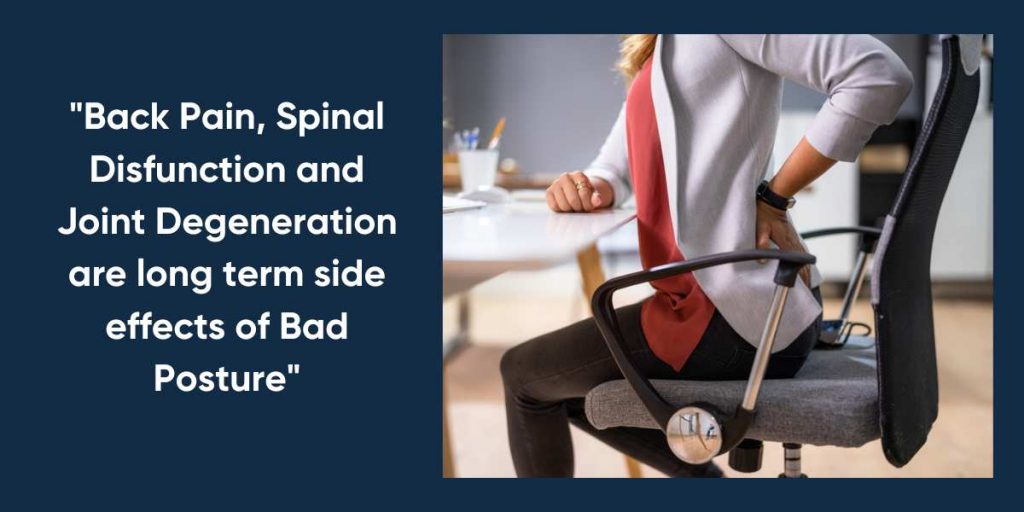
How do we know if we need to improve our posture?
There are some easy posture tests you can perform in the comfort of your very own home. Start by standing in front of a full-length mirror and check for any signs of slouching or rounded shoulders. If you notice anything of the sort, it's certainly time to work on your posture. For a general rule of thumb - you should be able to draw a straight line from your earlobes down to your shoulders, hips, and ankles.
With just a few postural adjustments, you can seriously improve your appearance, self-confidence, and general well-being. And the more you work on your posture, the more aware you'll be of any imbalances or tightness in areas. As they say, awareness is half the battle.
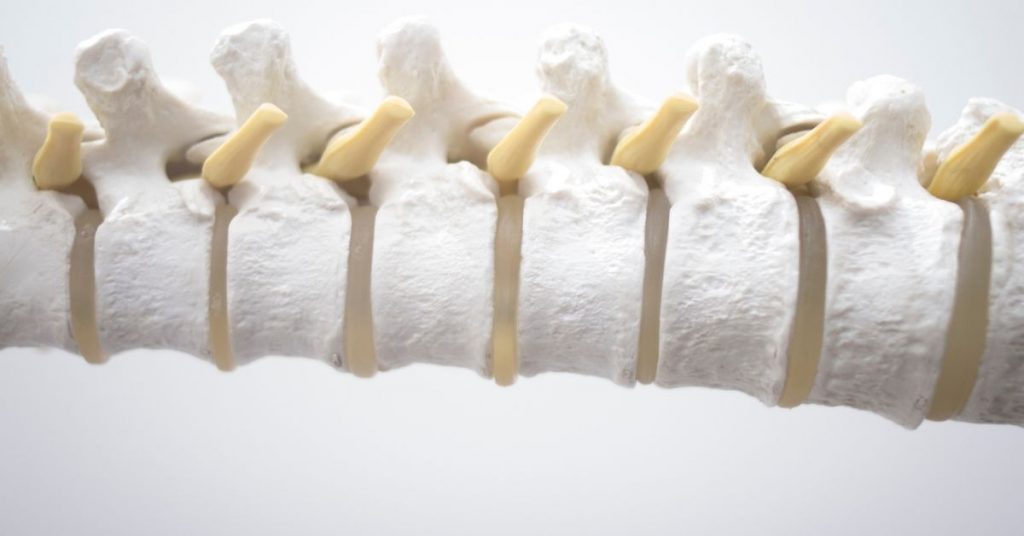
What can you do to practice good posture?
- Exercise regularly to keep abdominal muscles strong. This helps support the spine.
- Avoid carrying heavy items to one side (example a heavy bag worn over a shoulder).
- Always bend at the knees, not the back, and quickly drop the load if it’s too heavy.
- When standing your feet should be shoulder width apart.
- Use a lumbar roll or back support to support the lower back.
- Sleep on a pillow that supports your neck.
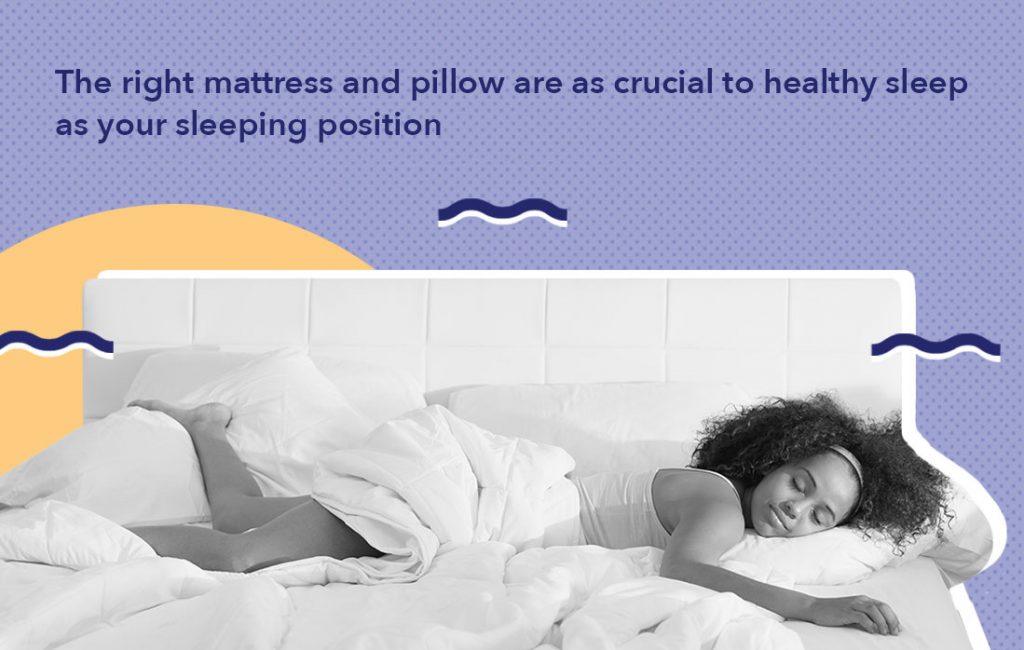
Here are some tips that will help you achieve better sleep posture during the night
Avoid sleeping on your stomach
This type of sleeping position forces the neck into awkward positions, often leading to a twisting of the spine. As a result, you may feel pain in your upper back and neck. Instead, try sleeping on your side or on your back to achieve better sleep posture. For side sleepers, place a soft polyfill pillow between slightly bent knees to further enhance spinal alignment. Similarly, back sleepers will benefit from a soft pillow under the knees. Both these pillow applications can be used for support to get the right posture and relieve tension in the spine.
Use a contour pillow
Health care professionals usually recommend a contour pillow that evenly supports the head and neck and thus aligns the spine. Our range of contour pillows is designed to do just that and is worth checking out. Better yet, they are completely adjustable to suit your ideal height and density.
Check your mattress
Beware that an overly firm mattress may place excess strain on pressure points (shoulders, hips, torso) or cause misalignment to the spine. For instance, it may push your shoulders and hips up, preventing the spine from being in a neutral resting position. Instead of rushing to buy a new mattress, first, try a mattress topper to soften your bed.
Meanwhile, a mattress that is too soft also causes bad sleep posture. A very soft mattress usually lacks proper support and comfort, and your body may sink deeply into your mattress. If you feel as though you're sinking into your bed, it might be time to invest in a new mattress. Harvard Health Publishing reports when you sink too far into your mattress, your joints twist and become painful during the night. Ouch!
Talk to a health professional Finally, consult a health professional. Visit your chiropractor, osteopath, or physiotherapist if you're experiencing muscle pain or aching joints that are interfering with your day-to-day life.


